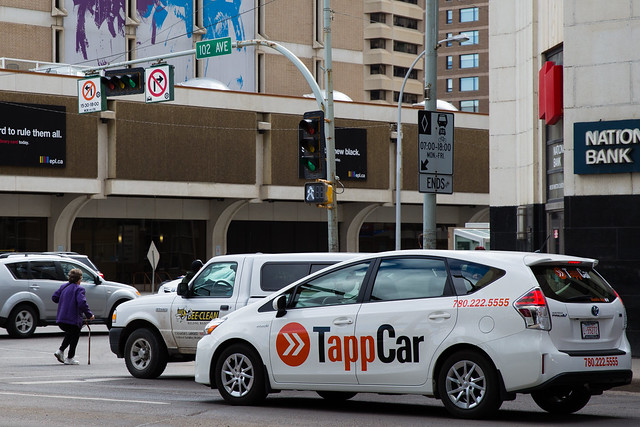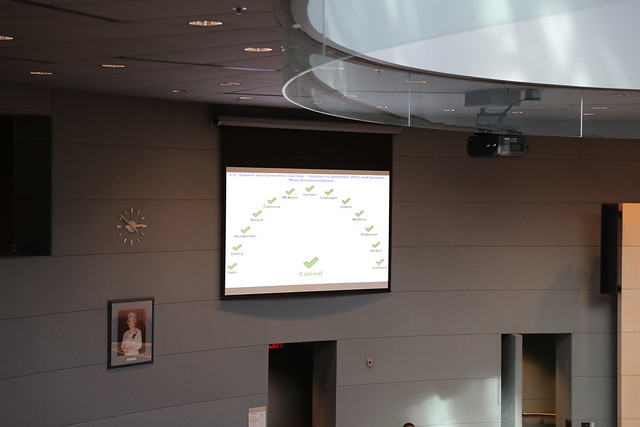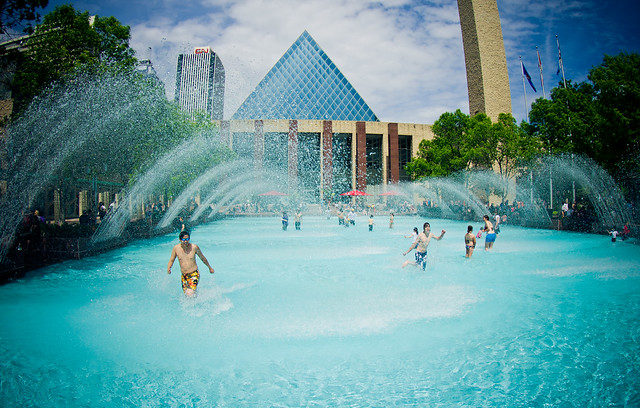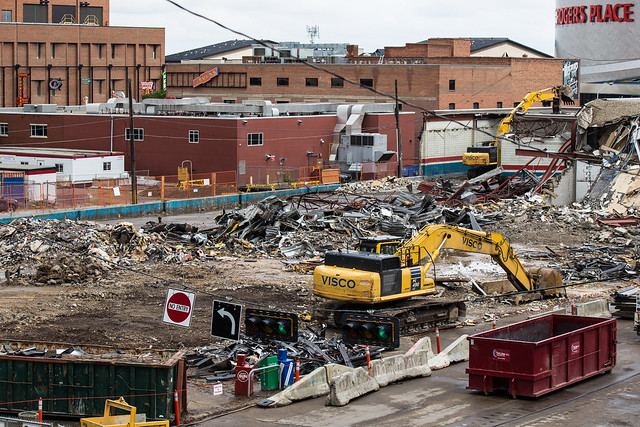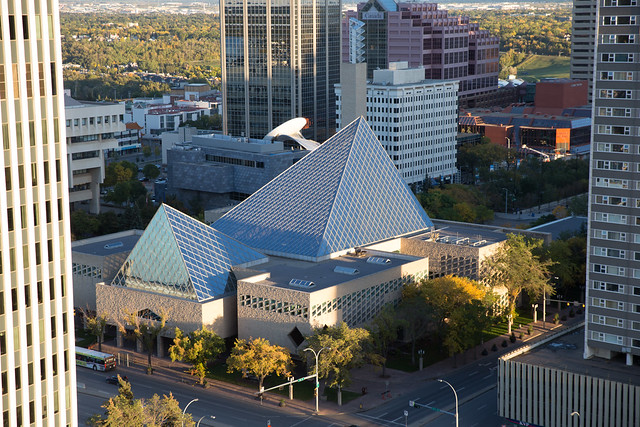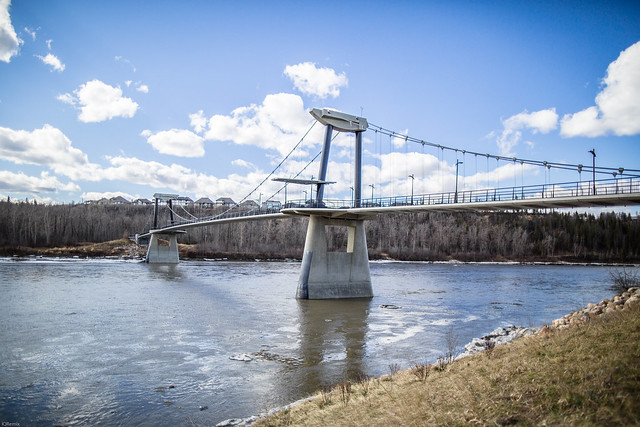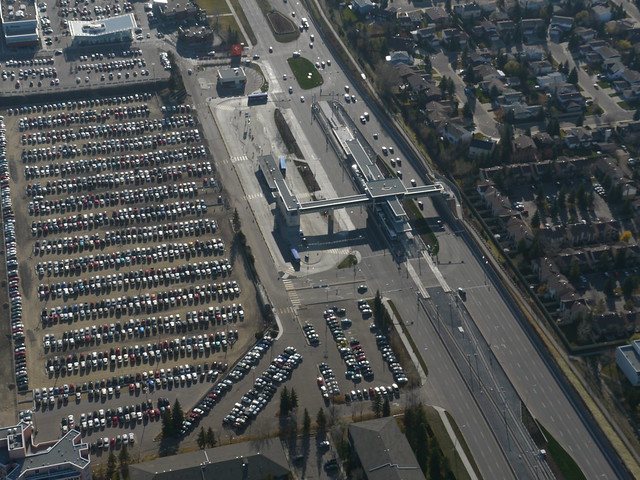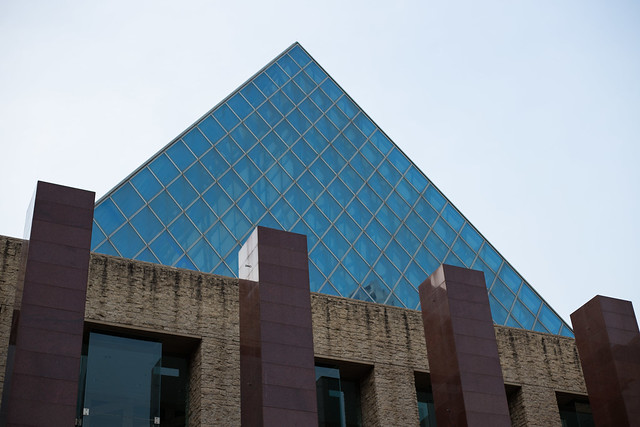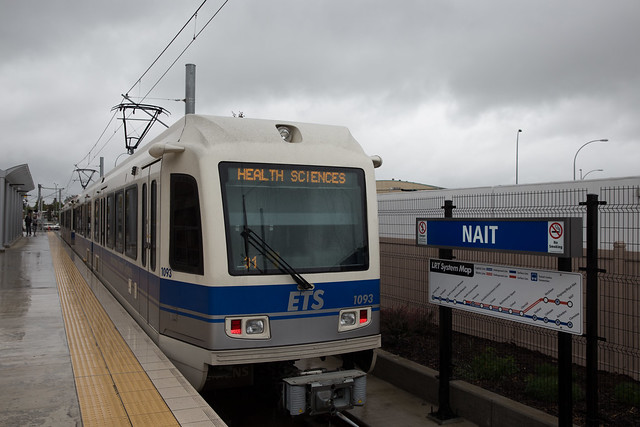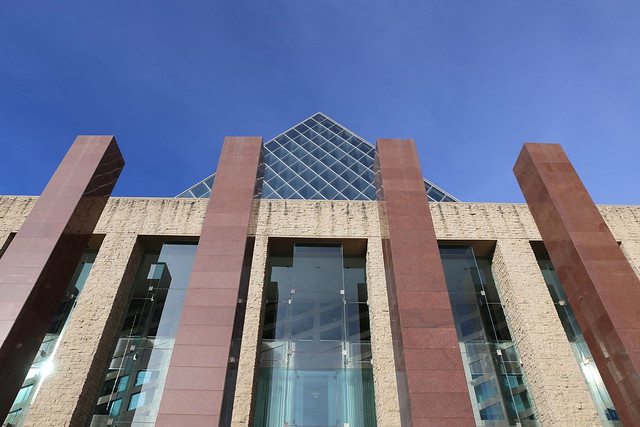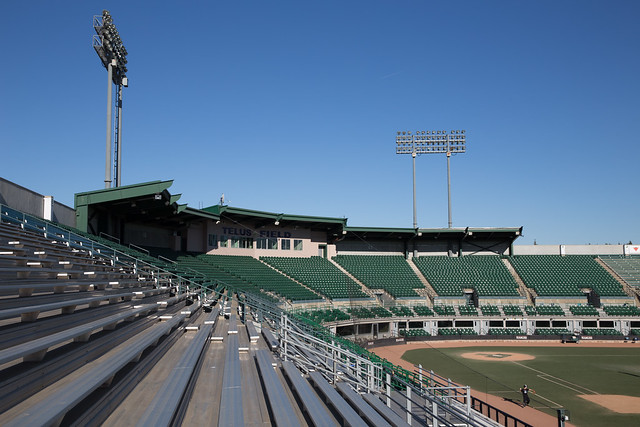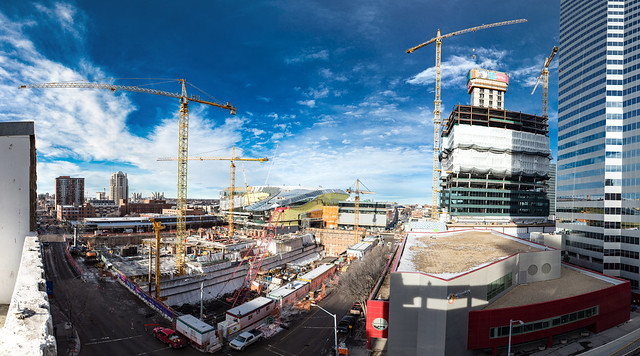Busy week coming up at Council next week with some really interesting topics on the agenda!

Cold City Hall, photo by Kurt Bauschardt
Here’s my look at what Council will be discussing in the week ahead.
Meetings this week
- October 17 at 9:30am – Community & Public Services Committee Meeting
- October 18 at 9:30am – Executive Committee Meeting
- October 19 at 9:30am – Urban Planning Committee Meeting
- October 20 at 9:30am – City Council Meeting
- October 20 after previous meeting – Audit Selection Committee Meeting
You can always see the latest City Council meetings on ShareEdmonton.
Vehicle for Hire Bylaw 17400 Update
Edmonton’s new Vehicle for Hire Bylaw came into force on March 1, 2016 and this report proposed some amendments to address “several issues that have emerged since the Bylaw was passed.”
One issue is markings on vehicles for hire. Currently, taxis and accessible taxis are required to have an operating top light, meter, valid meter accuracy certificate, and colors and markings to identify the vehicle. Passengers must have access to the dispatcher’s name and contact information. Private transportation provider (PTP) vehicles, like Uber or TappCar, do not have any such requirements nor any prohibitions. The City did a lot of consultation on this and heard clearly that PTP vehicles should not look like taxis. The result is a rcommendation that PTPs be prohibited from having markings like taxis do, but that they be required to have a small decal in the front and rear windshield to identify them.
Another issue is related to street hails. Under the current bylaw only taxis and accessible taxis are permitted to pickup passengers that hail them from the street. PTP services must be prearranged, but the bylaw doesn’t prescribe how those pre-arrangements should be made. The fine for picking up passengers from the street is currently $250. The consultation on this was more split, but the resulting recommendation is to increase the fine to $1,000.
The report also discusses the use of exclusive parking areas, and looks at the impact of recent amendments to the Traffic Safety Act. Finally, it includes some enforcement statistics:
- “Since March 1, 2016, approximately 200 violation tickets have been issued for Vehicle for Hire Bylaw or applicable Traffic Safety Act offences.”
- “Community Standards Peace Officers have completed approximately 350 vehicle for hire traffic stops, and performed approximately 2,350 licence checks.”
- Of those 200 tickets, around 130 were related to the Vehicle for Hire Bylaw: 40 were for operating without the proper City license, about 45 were for failing to produce a required document, and about 40 were for failing to display or provide required information to passengers.
If Council agrees with the proposed amendments, Administration will prepare them to be brought to a future City Council meeting.
State of the Autonomous and Connected Vehicle Technology
This is an annual report that Council has asked for, discussing the state of self-driving vehicle technology. The report notes that the Society of Automative Engineers describes six levels of vehicle automation, from 0 to 5. Level 4 vehicles “are able to drive themselves in complex environments without human supervision” and the report suggests Level 5 is required for self-driving taxis. It is not bullish on timelines:
“There are several reasons to anticipate that full automation will emerge further in the future than the most optimistic estimates suggest. Challenges remain in developing automation technology. There are also legal, liability and ethical issues related to the technology. After the technology becomes available it must also be adopted broadly by fleet and vehicle owners. Rates of adoption have been estimated based on local data and the expected adoption time ranges from 18 to 30 years after the technology becomes available.”
On the plus side, the report does highlight the opportunity that self-driving vehicles present for public transportation:
“The interface between automated vehicle technology and the transit system presents a significant opportunity for positively shifting the way Edmontonians travel. Driverless taxis and public transit service can be complementary: driverless taxis could serve less dense suburban and rural areas and higher capacity transit would continue to serve high-demand corridors in urban areas.”
In the next year or so, the City plans to develop communication materials on automated vehicles and to form an internal working group. Over the next 2-5 years, the City could “test the impacts of automated vehicle technology” and “develop a comprehensive strategy to prepare…for the emergence of automated vehicles.”
You can read the full 146 page report, Planning for Automated Vehicles in Edmonton, here.
Changing in School Zone Speed Limits to 30 km/h
This report summarizes the results of an evaluation of Edmonton’s 30 km/h school zone speed limits, which came into effect for all elementary schools in September 2014:
” The results show a positive trend with a reduction in collisions and speeds after the new speed limits were introduced. A survey sent to Public and Separate schools in the City indicated that the schools were satisfied with the new speed limit and the majority felt that there was a reduction in speeding following the implementation of school zones. Based on these promising results, Administration recommends expanding the 30 km/h school zones to junior high schools.”
Why stop there? As Conrad tweeted: “Only defensible end game is 30 km/h on all residential streets.” Especially if we’re serious about Vision Zero.
Some highlights from the report:
- “There were 50 injury collisions in the three-year time period prior to implementing school zones (an average of 17 per year), and there were 10 injury collisions in the year following implementation. Accounting for the different time periods, injury collisions were reduced by approximately 41 percent, a statistically significant result.”
- “Under ideal conditions, drivers traveling at 50 km/h need at least 11 more metres in order to stop compared to those traveling at 30 km/h; this distance increases when roads are wet or icy.”
- “Before introducing the reduced speed limits the average speed in school zones was 46 km/h. The results of the assessment indicated an overall reduction of 12 km/h in the mean speed down to 34 km/h after the introduction of the new speed limits.”
The recommended expansion to junior high schools is estimated to cost $75,000, plus another $100,000 for an awareness campaign.
Changing the Ward Boundaries for the 2017 Municipal Election
Bylaw 17700 will update the ward boundaries in prepration for the 2017 Municipal Election. First reading was held at the September 20, 2016 City Council Meeting, and second and third readings will be held on December 8, 2016. At Tuesday’s meeting, Council is holding a Non-Statutory Public Hearing on the proposed amendments.
The Returning Officer recommends the following alignments with affected populations:
- Eight neighbourhoods – Allard, Blackburne, Blackmud Creek, Callaghan, Cashman, Cavanagh, Richford, and Twin Brooks – move from Ward 9 to Ward 10.
- Two neighbourhoods – Jackson Heights and Kiniski Gardens – move from Ward 12 to Ward 11.
These changes are recommended to bring Wards 9 and 12 closer to the optimum poplulation ranges. “Data from the 2016 Edmonton Census indicates an optimum population range per ward of 56,215 to 93,692.” Both wards had a population of more than 100,000 in the 2016 Municipal Census.
Other interesting items
- There are two reports that clarify the process for reports and memos and the FOIP process. So far this year the City has handled 353 FOIP requests and 606 routine discloure requests. In 2015 and 2016, “half of the fee waiver requests received by the City were accepted or fees were reduced.”
- The Current Planning Reserve Fund is supposed to have a minimum balance of 30% of the Development Services Branch operating budget expenditures, but it has fallen to just 17%, which means Administration must implement a strategy to manage the balance. The City plans to reduce costs by “minimizing externally contracted services”, “reducing discretionary spending”, and “managing staff vacancies”.
- There’s a recommendation that $20,000 be granted to the Petrolia Mall in addition to the Development Incentive and Facade Improvement Program grants already being applied to a building on the same lot (this requires Council to approve an exception).
- Councillor Gibbons inquired about traffic control at Victoria Trail and 153 Avenue. The response includes some interesting facts, such as: a typical estimated cost for a T-intersection traffic signal is $250,000.
- The response to Councillor McKeen’s inquiry on pedways isn’t particularly surprising. It says the Capital City Downtown Plan contains policies that direct pedway development and that they are approved as part of the Development Permit application process. While the WinterCity Strategy doesn’t explicitly reference pedways, Administration says it is “arguably unsupportive of pedway network expansion.”
- A report on the Revolving Industrial Servicing Fund, a $26 million incentive program, says its future is uncertain as a new program as part of the Industrial Investment Action Plan was proposed earlier this year and will be considered by Council in 2017.
- The 2015 Annual Report and Audited Financial Statements are now available for the NW Industrial Business Association and for the Stony Plain Road and Area Business Association.
- There’s a recommendation that Council approve the Environmental Impact Assessment and Site Location Study for the Snow Valley Summer Adventure Activity Area.
- The next steps required to implement the District Energy Sharing System for Blatchford are outlined in a new report. The estimated cost for the first stage of the system is $19.4 million and development is expected to start in 2017.
Wrap-up
You can keep track of City Council on Twitter using the #yegcc hashtag, and you can listen to or watch any Council meeting live online. You can read my previous coverage of the 2013-2017 City Council here.
